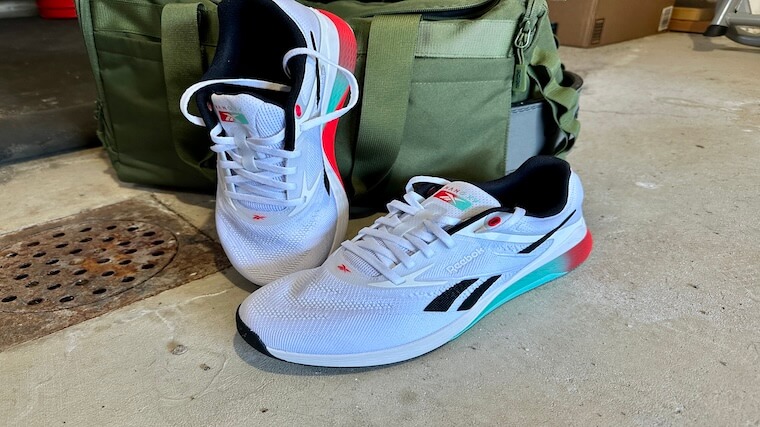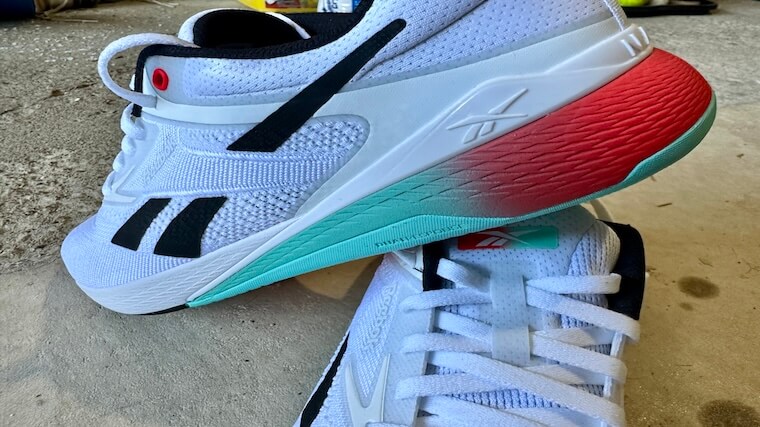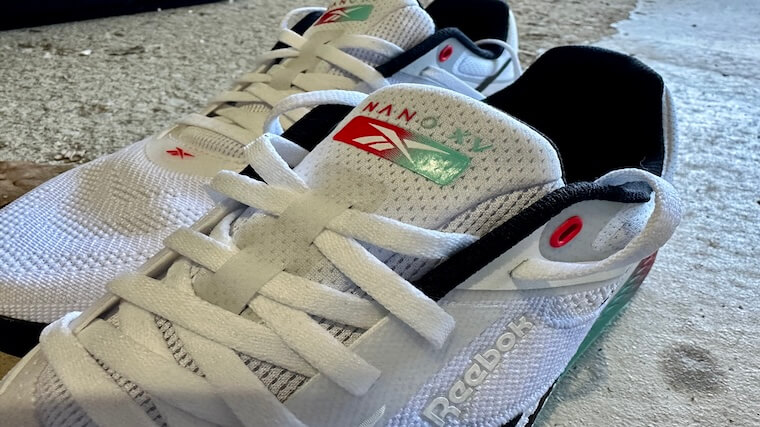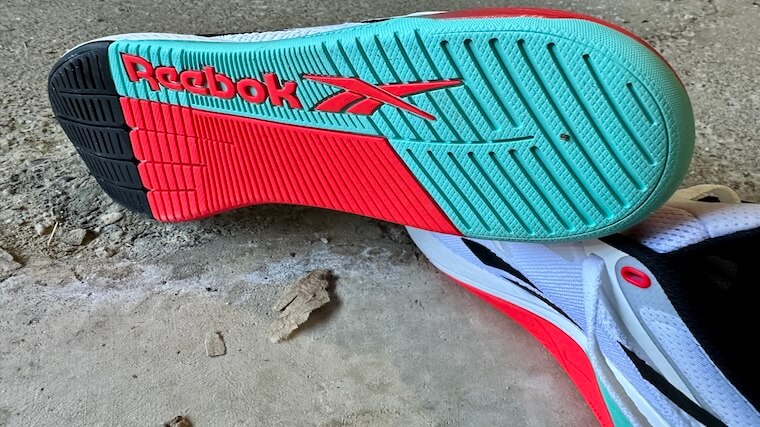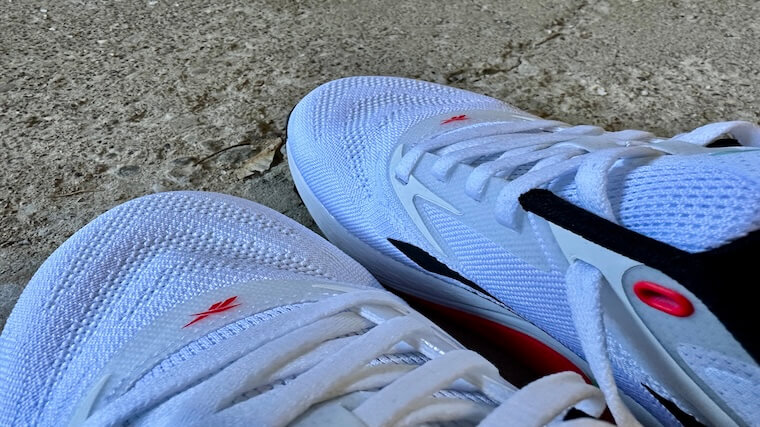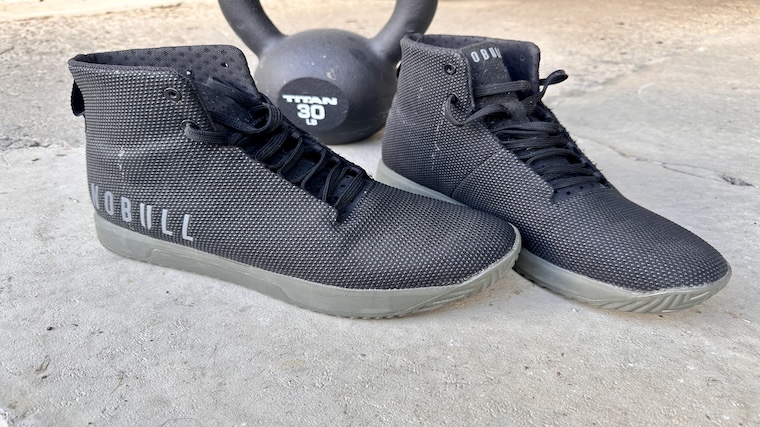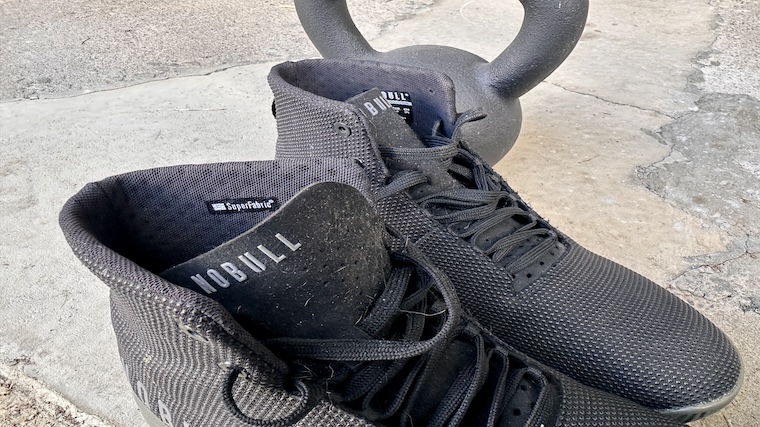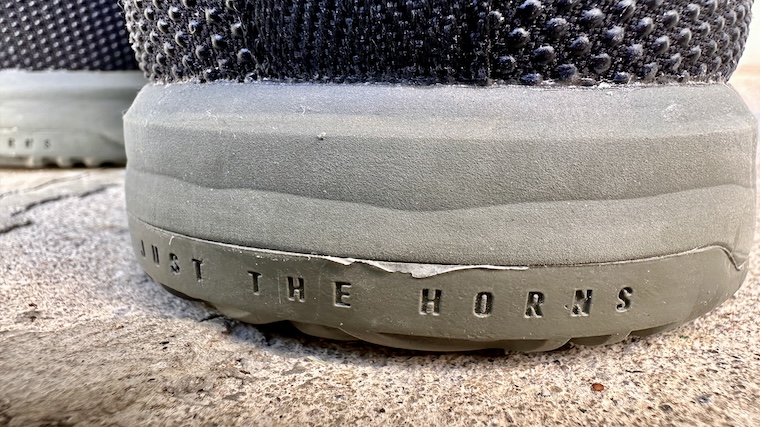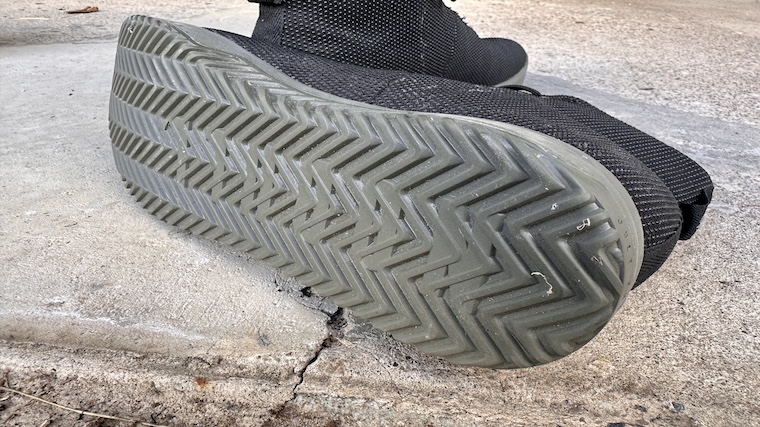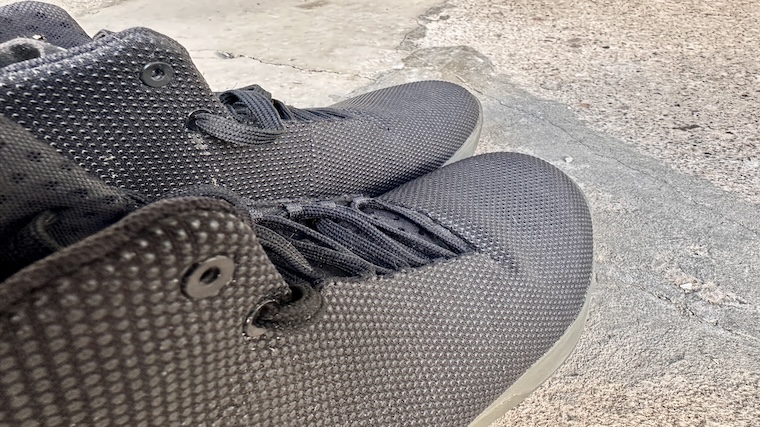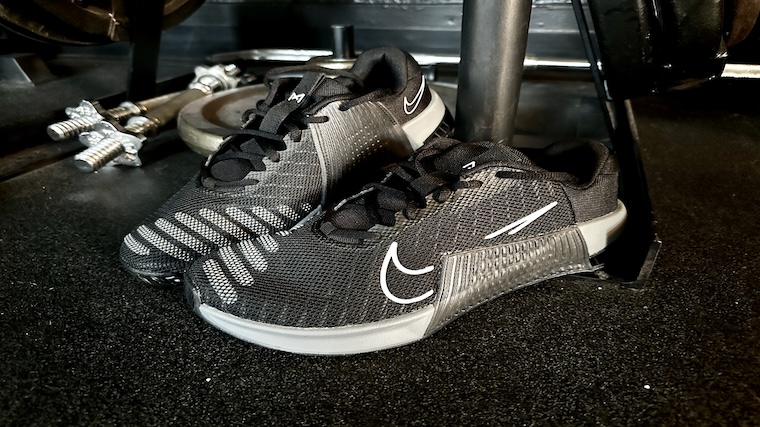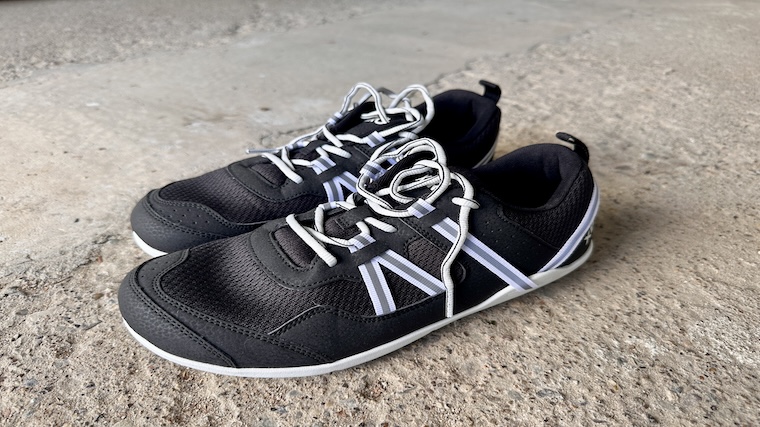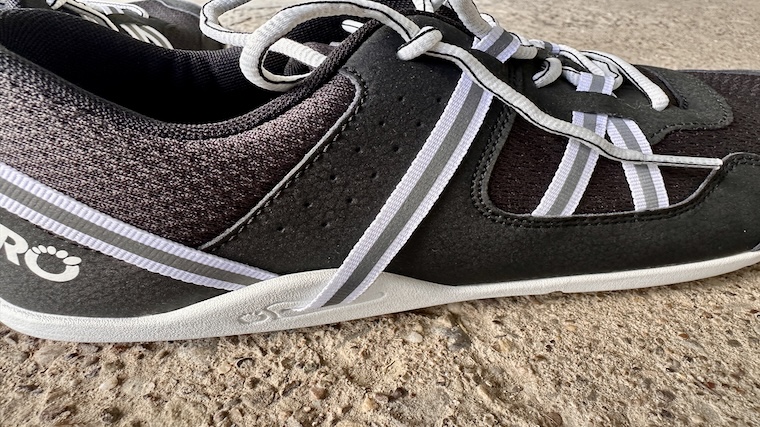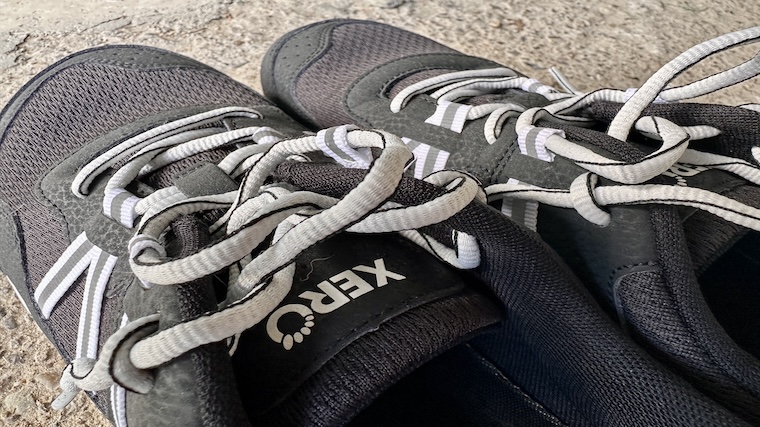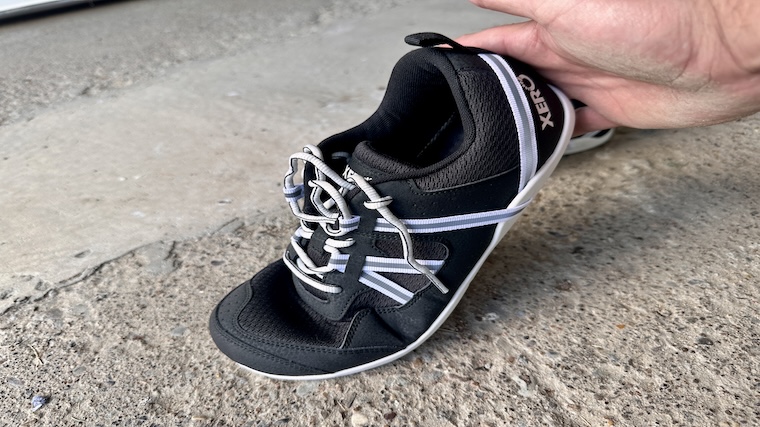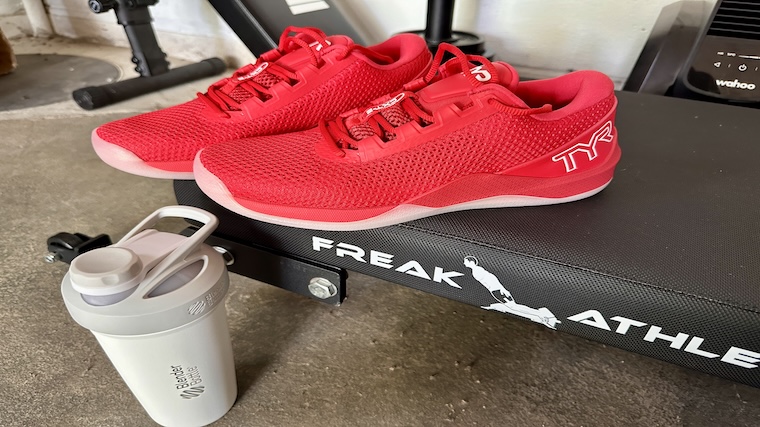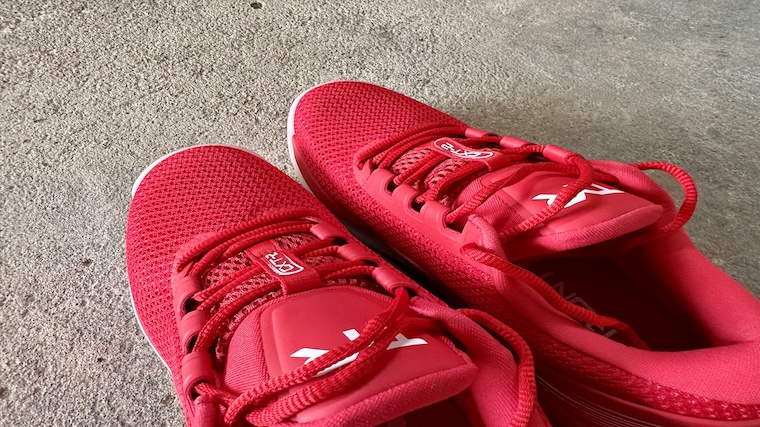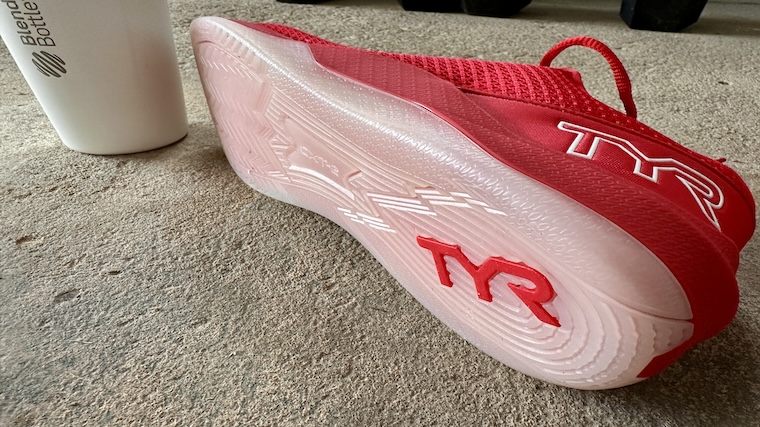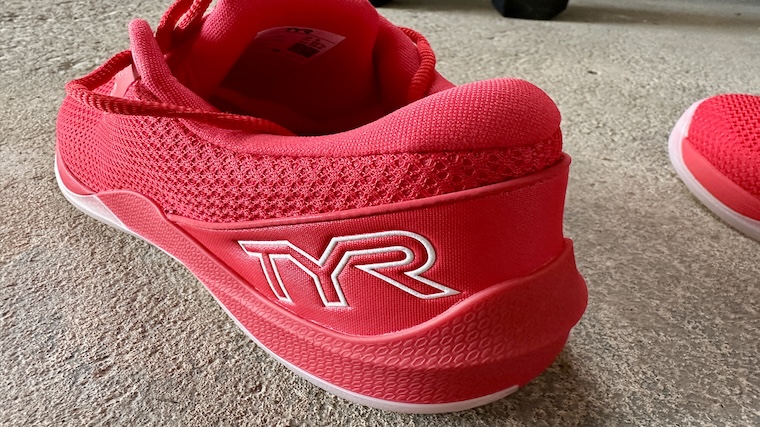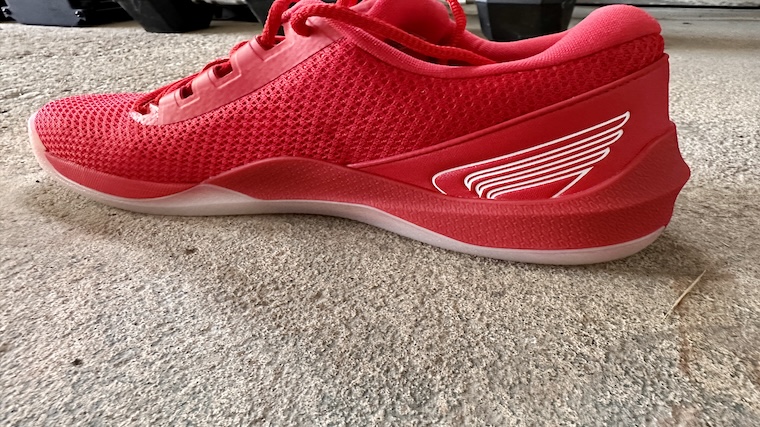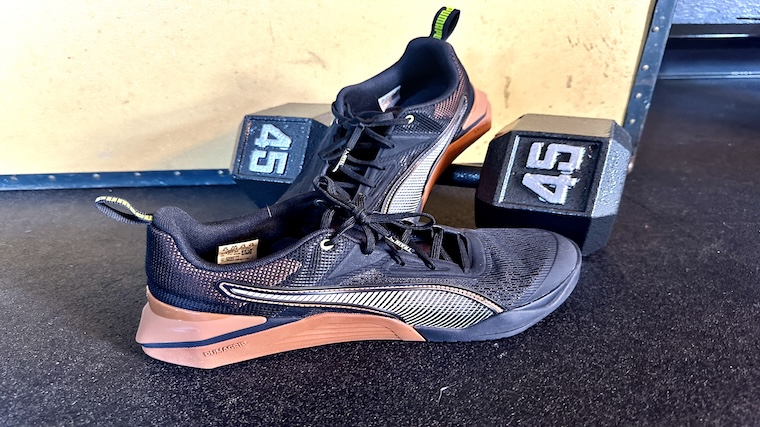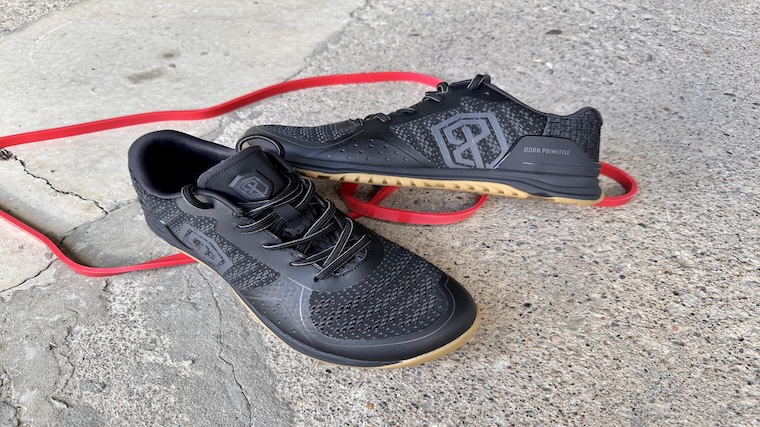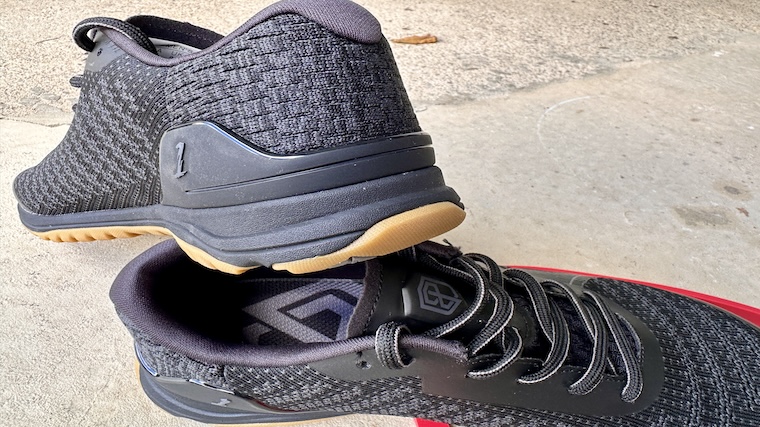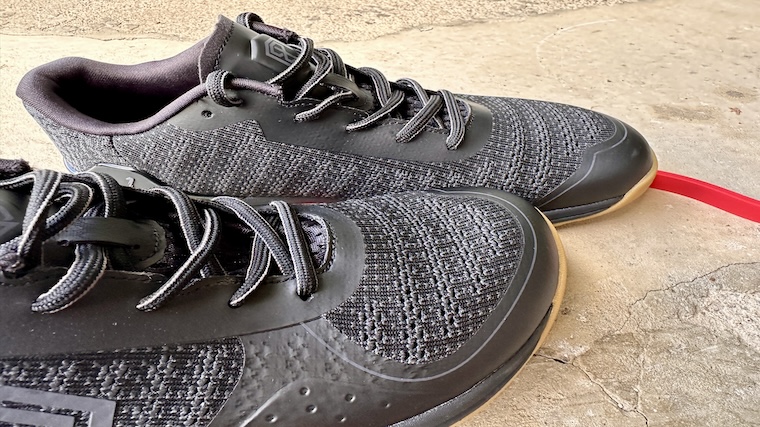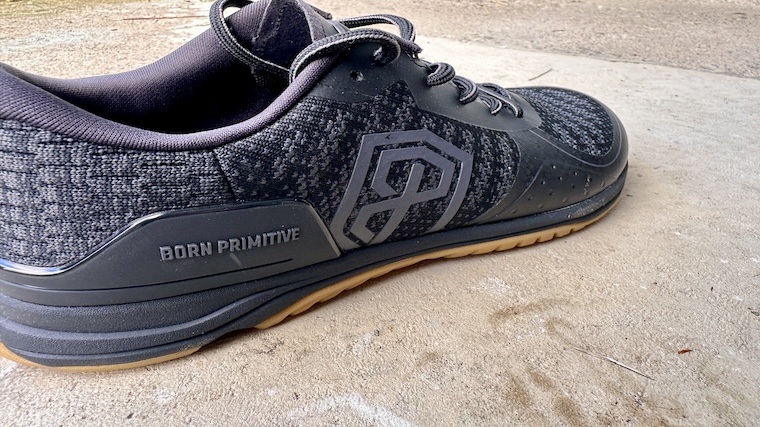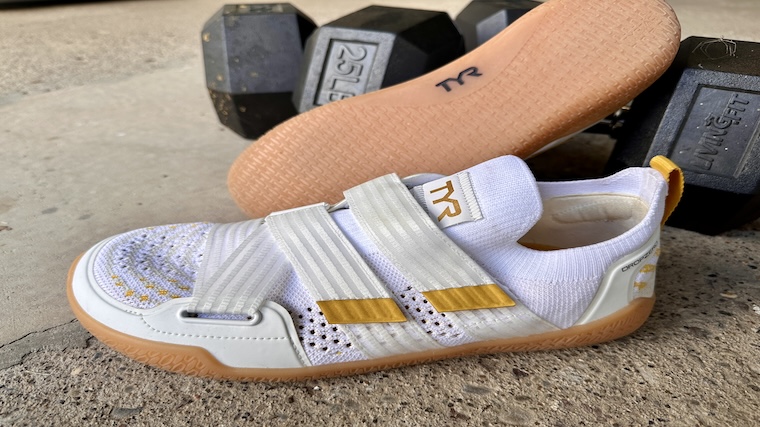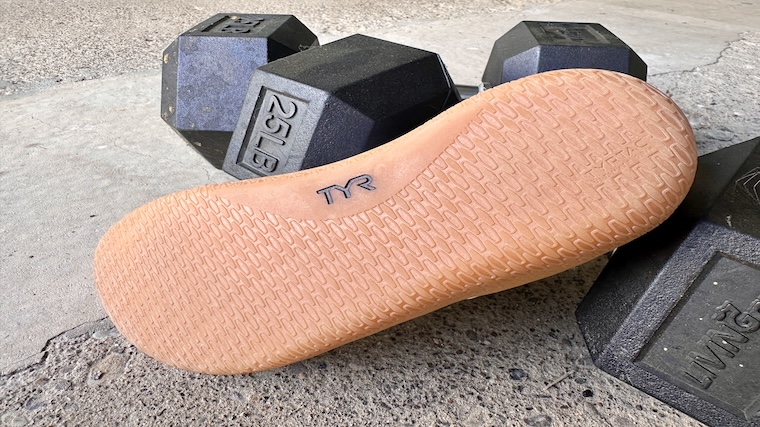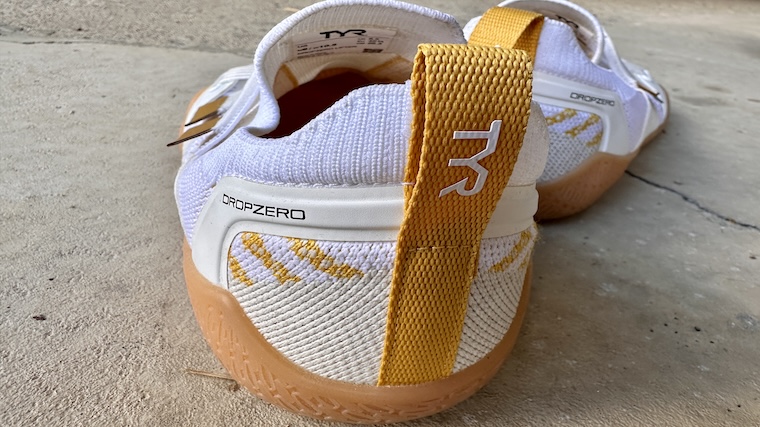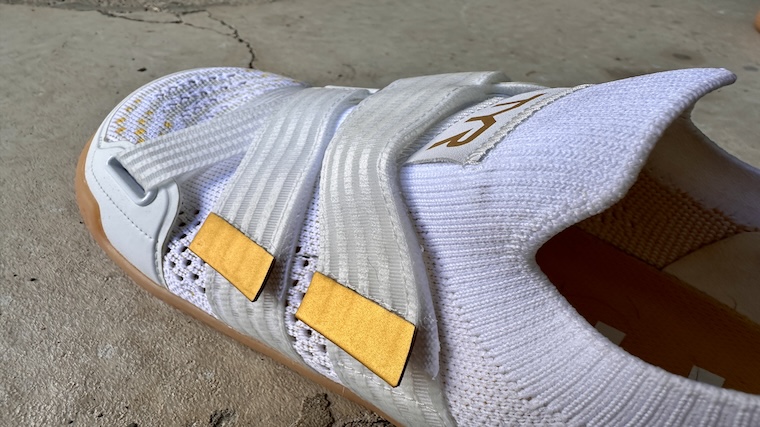When packing your training essentials into your best gym bag, there are, oftentimes, a few staples: your water bottle, headphones, accessories like wrist wraps and knee sleeves, and, of course, your trusty pair of gym shoes. However, for those that have a versatile fitness regimen filled with strength training, calisthenics, and dynamic movements, no ordinary pair of kicks will do. The best cross-training shoes can help support your workout desires with comfortable overlays, grippy footbeds, and a much-appreciated splash of color and flair.
According to Dr. Christopher Mohr, PhD, RD, “Cross-training shoes differ from other footwear in that they’re made for a variety of activities and designed to provide stability during static exercises as well as support for side-to-side-movements.” Naturally, then, you should expect to shop for cross-trainers differently than you would your other footwear. To help elevate your footlocker with high-quality kicks, we’ve laced up and tested dozens of the best cross-training sneakers available today. Using our equipment testing methodology as base practices, we’ve crafted this round-up filled with stylish and performance-laden shoes, rating each silhouette in categories such as:
- Underfoot Cushioning: What materials does the brand use across its midsole design? Do these compounds compress efficiently for cardio workouts, or are they more rigid and supportive for strength exercises?
- Upper Design: Is the upper textile lightweight and breathable? How durable is the fabric, and can it withstand regular wear and tear?
- Outsole and Traction: Do the shoes offer worthwhile grip across common gym flooring surfaces, or are you siloed into training in specific environments?
- Available Colors: Does the brand offer these profiles in multiple colorways for added personality, or are the available hues more minimalistic?
- Value: Does the shoe performance and style justify the price tag?
The BarBend team has helped connect over 1.2 million athletes with high-quality strength and conditioning equipment — training-focused footwear included. If you’re in the market for a brand-new pair of cross-training shoes, we’re confident that the following details can assist in putting your best foot forward when it comes time to log your next workout.
The 13 Best Cross-Training Shoes of 2025
- Best Cross-Training Shoes Overall: Reebok Nano X5
- Best Cross-Training Shoes for Flat Feet: NOBULL Outwork Edge Series
- Best Cross-Training Shoes for Wide Feet: Nike Metcon 9
- Best Cross-Training Shoes for Squats: Adidas Adipower Weightlifting 3
- Best Barefoot Cross-Training Shoes: Xero Prio
- Best Cross-Training Shoes for Running: Under Armour UA Dynamic 2
- Best Cross-Training Shoes for Rope Climbs: Inov-8 F-Lite G 300
- Best Cross-Training Shoes for Arch Support: HOKA Kawana 2
- Best Cushioned Cross-Training Shoes: TYR CXT-2
- Best Budget Cross-Training Shoes: PUMA Fuse 3.0
- Best Cross-Training Shoes for Daily Wear: Born Primitive Savage 1
- Best Cross-Training Shoes for HIIT: R.A.D. One v2
- Best Cross-Training Shoes for Deadlifts: TYR DZ-1 DropZero Barefoot Trainer
Best Cross-Training Shoes Overall: Reebok Nano X5
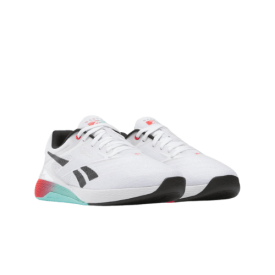
The latest Nano iteration features a new DUALRESPONSE EVA foam midsole that’s effective for dynamic strength training and moderate cardio sessions alike. We also appreciate the FLEXWEAVE upper offering ample breathability for when your sessions turn up the intensity.
Specs
- Price: Starting at $140
- Heel-to-Toe Drop: 7mm
- Weight: 12oz
- Available Colors: 6 (unisex), 7 (women’s)
- Size Range: 7-14 (men’s), 5-15 (women’s)
Best Cross-Training Shoes for Flat Feet: NOBULL Outwork Edge Series
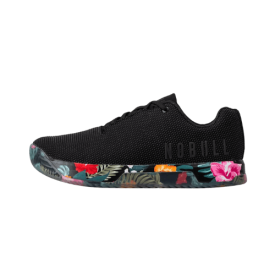
The NOBULL Outwork Edge Series of cross-training shoes features low-top and high-top silhouettes in almost too many colorways to count. A 4-millimeter stack height and improved herringbone-patterned outsole make these a high-quality option for CrossFit enthusiasts and daily gym-goers.
Specs
- Price: Starting at $149
- Heel-to-Toe Drop: 4mm
- Weight: 13.13oz
- Available Colors: 10
- Size Range: 7-16 (men’s), 5-11 (women’s)
Best Cross-Training Shoes for Wide Feet: Nike Metcon 9
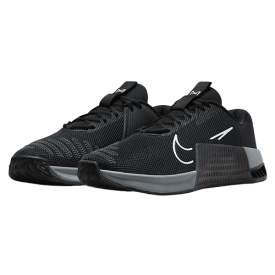
The latest iteration of the popular cross-training sneaker offers up a wider toe box that can be more accommodating for wider-footed athletes — a positive change from previous Nike Metcon releases. The Nike Metcon 9 still carries on its tradition as a high-quality option for strength athletes, but the hefty 13.55 ounce weight and rigid Hyperplate shank do limit its performance when it comes to cardio-focused sessions.
Specs
- Price: $150
- Heel-to-Toe Drop: 4mm
- Weight: 13.55oz
- Available Colors: 8
- Size Range: 3.5-15 (men’s), 5-16.5 (women’s)
Best Cross-Training Shoes for Squats: Adidas Adipower Weightlifting 3
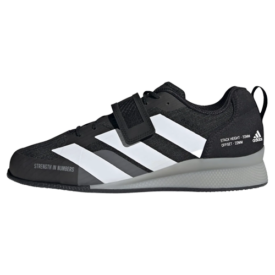
The Adidas Adipower III is a unisex weightlifting shoe designed specifically for olympic lifting athletes. The combination of a high-density TPU midsole and leather lockdown strap provides top-notch stability while the extra padding around the collar ensures you don’t sacrifice comfort.
Specs
- Price: $230
- Heel-to-Toe Drop: 22mm
- Weight: 16.4oz
- Available Colors: 4
- Size Range: 3.5-16 (men’s), 4.5-17 (women’s)
Best Barefoot Cross-Training Shoes: Xero Prio
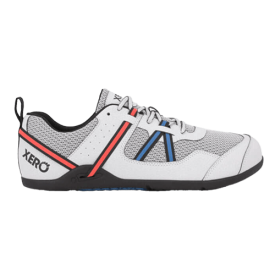
For barefoot enthusiasts, these minimalist workout shoes can be just the ticket thanks to their 0-millimeter heel-to-toe drop, thick and durable upper, and a removable insole that can allow for an even closer ground contact. The Xero Prios are also quite affordable at less than $90 — other high-quality cross-trainers typically cost around $135 or more.
Specs
- Price: $89.99
- Heel-to-Toe Drop: 0mm
- Weight: 7.5oz
- Available Colors: 6
- Size Range: 6.5-15 (men’s), 5-12 (women’s)
Best Cross-Training Shoes for Running: Under Armour UA Dynamic 2
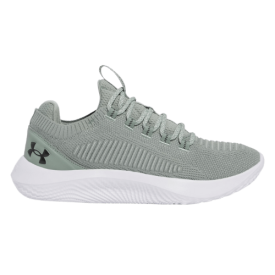
The UA Dynamic 2s from Under Armour utilize the brand’s Flow midsole and outsole design for a lightweight underfoot experience in every step. A UA IntelliKnit upper rounds out the build using a breathable material with a decent amount of stretch.
Specs
- Price: $120
- Heel-to-Toe Drop: 8mm
- Weight: 9.7oz
- Available Colors: 6
- Size Range: 7-15 (men’s), 5-12 (women’s)
Best Cross-Training Shoes for Rope Climbs: Inov-8 F-Lite G 300
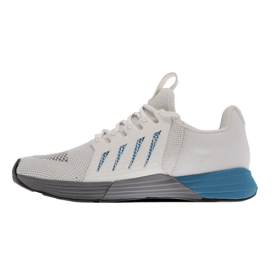
Made with a graphene-infused outsole and midsole, the Inov-8 F-Lite G 300s are some of the most durable cross-training sneakers on the market. Despite their resilient nature, these gym shoes weigh in at just 10.5 ounces, which can be great for keeping steps quick and nimble through agility drills, box jumps, and other high-intensity endeavors.
Specs
- Price: $155
- Heel-to-Toe Drop: 6mm
- Weight: 10.5oz
- Available Colors: 10
- Size Range: 7-14 (men’s), 6-16.5 (women’s)
Best Cross-Training Shoes for Arch Support: HOKA Kawana 2
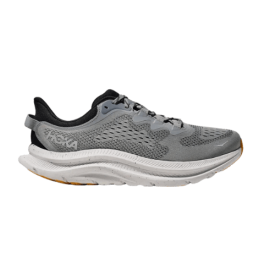
Featuring a single-layer mesh upper for added comfort and breathability, these versatile trainers from HOKA can be a great option for those wanting a mix of lifestyle and performance in their kicks. The midsole geometry helps promote a neutral, smooth step, and the sock-like bootie construction helps ensure you achieve that proper lockdown every time you lace up.
Specs
- Price: $140
- Heel-to-Toe Drop: 5mm
- Weight: 11.10oz
- Available Colors: 7
- Size Range: 7-14 (men’s), 5-11 (women’s)
Best Cushioned Cross-Training Shoes: TYR CXT-2
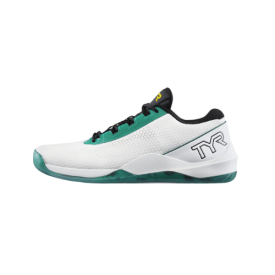
These all-new kicks from TYR feature a wider frame that can be more accommodating for larger-footed athletes. Additionally, the SURGENRG foam midsole provides excellent energy return with the added zest of plush cushioning, making these CXT-2s a perfect fit for a variety of training disciplines.
Specs
- Price: $150
- Heel-to-Toe Drop: 7mm
- Weight: 13.1oz
- Available Colors: 18
- Size Range: 4.5-16 (men’s), 5-12 (women’s)
Best Budget Cross-Training Shoes: PUMA Fuse 3.0
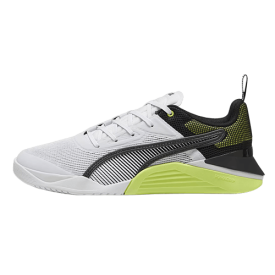
The Fuse 3.0s from PUMA are the brand’s third installment of budget-friendly cross-trainers. The flat outsole helps create a desirable grounded sensation for heavy lifts, and the durable upper material breaks in easily for that ideal fit set after set.
Specs
- Price: $120
- Heel-to-Toe Drop: 4mm
- Weight: 9.7oz
- Available Colors: 3
- Size Range: 7-18 (men’s), 5.5-11 (women’s)
Best Cross-Training Shoes for Daily Wear: Born Primitive Savage 1
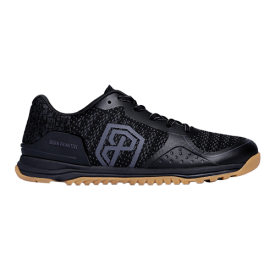
The Born Primitive Savage 1s feature a well-lugged outsole that can be great for outdoor training or turf-centric workouts. Plus, the EVA compound midsole accentuates a light, responsive, and stable underfoot sensation that can be fitting for a slew of training modalities and exercises.
Specs
- Price: $130
- Heel-to-Toe Drop: 4mm
- Weight: 11.2oz
- Available Colors: 10
- Size Range: 7-15 (men’s), 5-11 (women’s)
Best Cross-Training Shoes for HIIT: R.A.D. One v2
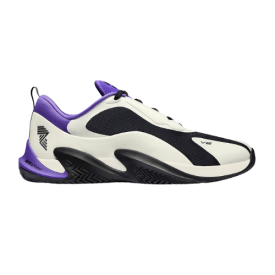
As the updated version of the brand’s original cross-trainer, the R.A.D. One v2 features a redesigned outsole with R.A.D. Wave technology for improved abrasion resistance along the lateral and medial sides of the sneaker. Additionally, the 6-millimeter heel-to-toe drop can be accommodating for a range of movements like those you’d find scheduled in a typical CrossFit WOD.
Specs
- Price: $150
- Heel-to-Toe Drop: 6mm
- Weight: 12.9oz
- Available Colors: 10
- Size Range: 4-14 (men’s), 5.5-13.5 (women’s)
Best Cross-Training Shoes for Deadlifts: TYR DZ-1 DropZero Barefoot Trainer
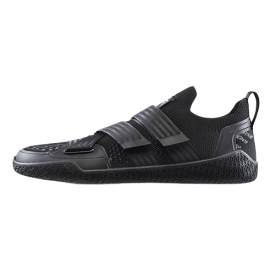
Sleek and minimalist, the TYR DZ-1 DropZero Barefoot Trainers are the latest footwear offerings from the growing brand. Featuring easy-to-use Adjustable Stability Straps across the top of the foot, along with a wider anatomical toe box, these barefoot-style training shoes can be great for athletes wanting maximum ground contact for those heavy deadlift days or squat sessions.
Specs
- Price: $120
- Heel-to-Toe Drop: 0mm
- Weight: 9.85oz
- Available Colors: 16
- Size Range: 4.5-16 (men’s), 6-15.5 (women’s)
How We Tested and Chose the Best Cross-Training Shoes
The BarBend team is made up of competitive athletes, certified personal trainers, and lifelong fitness enthusiasts. To determine the best cross-training shoes available today, we got hands-on with over 70 different kicks from the industry’s best brands, using a multi-point methodology to rate each profile on a scale of 1 (lowest) to 5 (highest). While some footwear profiles have remained unchanged over the years, others have taken on updates outside of a new paint job. Below are some of the categories and components we looked at to come up with our findings, based on our equipment testing methodology.
- Heel-to-Toe Drop: Your heel-to-toe drop, i.e., the change in midsole thickness between your heel and forefoot, can greatly influence your footwear experience in terms of efficiency and comfort. We tended to favor cross-training shoes showcasing a moderate heel-to-toe drop somewhere between 4 and 8 millimeters with some obvious exceptions for specialty needs, including some of the best weightlifting shoes for individual squat and Olympic lifting endeavors.
- Underfoot Cushioning: Your cross-training sneakers should have some sense of cushioning across the foam midsole. In testing, we looked for cross-trainers featuring a little bit of coziness with heightened emphasis on stability, meaning a harder, more rigid underfoot experience to create a grounded setup for lifts like back squats, deadlifts, and hard pivots during agility drills.
- Outsole: The best shoes for cross training should help you keep your feet secure during exercises and agile multi-directional movements. We looked for cross-training sneakers showcasing a more subdued outsole lug pattern with short, grippy lugs or a tacky herringbone pattern — sort of an equivalent to street tires as opposed to heavy, lug-riddled mud tires.
- Upper Material: You should be looking for cross-training shoes with breathable uppers showcasing a strong sense of durability. As such, we made note of which uppers held up well during trials as well as which textiles allowed our digits to breathe easily … with an added zest of style, of course.
- Price: We understand that shoes can be expensive. Thankfully, we’ve found that cross-training shoes don’t normally break the bank. Most of the profiles included in this round-up cost between $100 and $150, with a handful of cheaper and more expensive options thrown in, too.
Benefits of Cross-Training Shoes
According to Amanda Capritto, CPT, CES, CNC, CF-L1, CSNC, “Cross-training shoes are great because they eliminate, or at least minimize, the need for multiple pairs of shoes. I maintain that a dedicated shoe for each type of activity is best, but that’s impossible for a lot of people, so cross-training shoes fill that gap there.”
While having a versatile pair of sneakers capable of tackling multiple training disciplines at once is a perk in its own right, below are some other key benefits that can come from adding a high-quality pair of cross-training shoes to your fitness ensemble.
- Improved Durability: Cross-training shoes often feature durable uppers and resilient outsoles designed to handle the throes of hard training days. This can be great for keeping your setup comfortable and efficient day in and day out without the need for regular replacement purchases.
- Increased Underfoot Traction: Cross-training shoes employ a flat yet grippy outsole designed specifically for the common flooring options you’d find in a training center like rubber, hardwood, and turf. Some silhouettes even feature a deeper lug pattern which can be helpful for outdoor workouts across gravel, grass, and packed trailways.
- Stability for Strength Exercises: One of the main ways cross-trainers can be excellent workout shoes is through their flat outsole design and stable midsole. Capritto says that cross-trainers often, “prioritize a flatter midsole with a mild heel-to-toe drop (4 to 8 millimeters) that has some shock absorption in the form of a foam midsole but doesn’t leave you unsteady on your feet during a heavy set of squats.”
How Should Cross-Trainers Fit?
Naturally, your cross-training shoes should fit comfortably from the start — there’s no need to scrunch your ankle and toes into a compact silhouette, after all. However, the fit should be somewhat snug without an excess amount of wiggle room, especially if you plan on performing heavy lifts in your training sneakers.
I recommend searching for a gym shoe that cradles the medial and lateral sides of your feet for side-to-side sturdiness. “After all, these shoes are designed to support movement in all directions, not just forward and back,” notes Dr. Christopher Mohr, PhD, RD. At the same time, though, you should have some room to allow for toe splaying and comfort. Toe splaying can be an effective method to ground your stance during squats and deadlifts, giving you more contact with the ground for a rooted foundation for heavy lifts.
For more information, check out our training and lifting shoe size guide, or read through your shoe of choice’s available size guide and match your personal measurements to those listed in the given chart.
Cross-Training Shoes Vs. CrossFit Shoes
When searching for a high-quality pair of cross-training shoes, you may come across silhouettes labeled as “CrossFit shoes.” This can be confusing since both monikers involve a range of different movements and dynamic exercises. The easiest way to differentiate the two terms is to remember that “cross-training” is the general term for this footwear category while “CrossFit” is a more niche subcategory. So, while all CrossFit shoes are, inherently, cross-training shoes, not all cross-training shoes can be confidently labeled CrossFit shoes.
CrossFit-specific shoes, instead, prioritize low, lightweight profiles and durability in order to meet the demands of CrossFit athletes. Most cross-training shoes are accommodating enough to use during CrossFit WODs, but you’re likely to find more versatile picks with the broader moniker.
What Types of Workouts Can the Best Shoes for Cross Training Handle?
Amanda Capritto, CPT, CES, CNC, CF-L1, CSNC, states, “Cross-training shoes are designed to be all-in-one shoes that can handle everything from CrossFit to HIIT to lifting weights and even running. Although they say a Jack of all trades is a master of none, a good pair of cross-training shoes is as close as you can get to a master of all.” While this does paint cross-trainers as a Swiss Army Knife of footwear, there are a handful of workouts that can be best served with their wear, as well as a few that may be better suited for kicks from a different subcategory.
Great For:
- HIIT workouts
- Traditional strength training workouts
- Plyometrics and agility training
- Short- to moderate cardio training
Not Recommended For:
- Extensive cardio workouts for prolonged durations or distances
- Workouts overtop uneven terrain
- Sport-specific workouts like Olympic lifting
How to Choose the Best Cross-Training Shoes
As with any addition to your wardrobe, you’ll want to consider a few things before adding a new pair of cross-trainers to your online cart. How do you intend to use them? For how long? In which workouts? Below are the factors we recommend considering when looking for your next ideal pair of workout-ready kicks.
Durability
Durability is a massive consideration for cross-training shoes. From toe drags to rope climbs to box jumps, your shoes are going to take a beating. Rope climbs are notorious for shredding uppers and midsoles, but box jumps and other dynamic lateral movements can wear down the toe. Now, your shoes don’t need to be as rugged as sneakers designed for trail running, but a little resiliency can go a long way.
When looking for cross-training shoes, you’ll want to consider sneakers with a durable knit or mesh upper. These textiles have been proven to withstand regular wear and tear while also allowing for some sense of breathability. Synthetic overlays and thicker uppers can also help bolster your shoe’s durability, but be mindful that extra material across your foot can lead to more sweat build-up internally, which can result in hot spots and blisters.
Materials
Your cross-trainer is constructed from multiple materials across the upper, midsole, and outsole. While each brand can have its own proprietary tech strewn across these components, it’s important to remember that your shoes should strike a balance between comfort, durability, and performance.
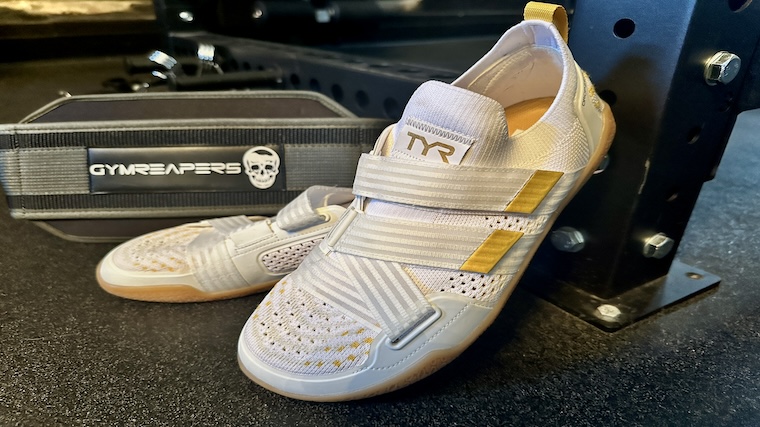
Look for midsole foams that offer a nice sense of cushioning and responsiveness, along with a stable nature that can facilitate a grounded setup for lifts. For outsoles, hearty rubbers and specialty compounds like Vibram can also be worthwhile, as these can be resilient enough to maintain traction day in and day out without wearing through after just a few wears.
Fit and Toe Box
Naturally, your cross-training shoes should fit your feet, but there are more factors that go into this component than just your shoe size. Consider your actual footprint and whether you need a shoe with a wider toe box, or one with ample arch support to promote in-training comfort underfoot.
Additionally, it can be wise to look at your chosen shoe’s toe box design and determine whether the dimensions are suitable for your personal footprint. While it can be tough to decipher based on images, alone, be sure to give your toes a little bit of wiggle room to help prevent hot spots while also allowing for toe splaying — a common technique used for creating a grounded stance for lifts like squats and deadlifts. Additionally, having enough room for toe splaying can allow your digits to more effectively distribute your loaded weight across your frame, creating a better footing for the impending press or pull. (2)
Heel-to-Toe Drop
Heel height is something that can dramatically influence your training, especially if you’re more into weightlifting. An elevated heel can help support mobility and give a stable base to rely on during training. A planted, stable foot is a must for athletes — especially when moving heavy weight — so a more elevated heel can (at times) help a lifter with their training.
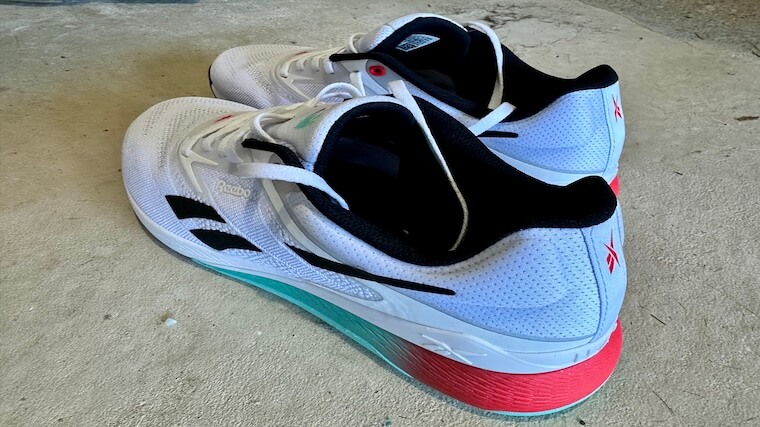
For cross-trainers, Capritto notes that most profiles can feature a heel-to-toe drop between 4 and 8 millimeters. This can be a worthwhile range to look for that can promote a slightly elevated heel for lifting scenarios without angling the foot too aggressively for compromised comfort. In addition, you can also opt for lower or zero-drop sneakers if you prefer a minimalist setup for optimal ground contact in each step.
Price
Naturally, your cross-training shoes of choice should always fit neatly into your budget. Thankfully, the market is pretty even-keeled, with most prices ranging between $100 and $150. Of course, you can find some silhouettes at lower and higher price tags, but this can be an ideal starting point for most. In the end, the right shoe for your training needs is the one that appeals to your personality and finances best.
How Much Do the Best Cross-Training Shoes Cost?
As with any footwear category — from the best recovery shoes to running shoes, weightlifting shoes, hiking shoes, and beyond — cross trainers can vary in price. Typically, workout shoes cost between $100 and $150, but you can find pairs that are a little pricier or a little cheaper. Use the cart below to compare prices across pairs featured in this round-up.
| Best Cross-Training Shoes Overall | Reebok Nano X5 | Starting at $140 |
| Best Cross-Training Shoes for Flat Feet | NOBULL Outwork Edge Series | Starting at $149 |
| Best Cross-Training Shoes for Wide Feet | Nike Metcon 9 | $150 |
| Best Cross-Training Shoes for Squats | Adidas Adipower Weightlifting 3 | $230 |
| Best Barefoot Cross-Training Shoes | Xero Prio | $89.99 |
| Best Cross-Training Shoes for Running | Under Armour UA Dynamic 2 | $120 |
| Best Cross-Training Shoes for Rope Climbs | Inov-8 F-Lite G 300 | $155 |
| Best Cross-Training Shoes for Arch Support | HOKA Kawana 2 | $140 |
| Best Cushioned Cross-Training Shoes | TYR CXT-2 | $150 |
| Best Budget Cross-Training Shoes | PUMA Fuse 3.0 | $120 |
| Best Cross-Training Shoes for Daily Wear | Born Primitive Savage 1 | $130 |
| Best Cross-Training Shoes for HIIT | R.A.D. One v2 | $150 |
| Best Cross-Training Shoes for Deadlifts | TYR DZ-1 DropZero Barefoot Trainer | $120 |
Cross-Training Shoes FAQs
What are cross-training shoes used for?
Cross-training shoes are a style of sneaker designed to tackle multiple types of workouts, hence the name cross-trainer. Generally, cross-training shoes will tie a blend of running, lifting, and other styles of training shoes all into one model.
Can you run in cross-training shoes?
Strictly speaking, yes, you can run in cross-training shoes. If you perform workouts that incorporate running with other types of exercise like plyometrics or strength training, then cross-trainers are often the optimal choice. For workouts that only feature running, then dedicated running shoes are likely your best option.
What is the best cross-training shoe?
The best cross-training shoe is a subjective moniker, but for our money, the Reebok Nano X5 holds the title for now. We like how breathable the FLEXWEAVE knit upper is across the top of the foot, and the redesigned DUALRESPONSE EVA foam midsole provides a great sense of stability in static lifts as well as cushioning and responsiveness for light jogging and other cardio workouts. Plus, the available colorways should have a match for most style preferences.
References
- Malisoux, L., & Theisen, D. (2020). Can the “appropriate” footwear prevent injury in leisure-time running? evidence versus beliefs. Journal of Athletic Training, 55(12), 1215–1223. https://pmc.ncbi.nlm.nih.gov/articles/PMC7740063/
- Carreiro, J. E. (2009). Toe. Toe – an overview | ScienceDirect Topics. https://www.sciencedirect.com/topics/medicine-and-dentistry/toe
